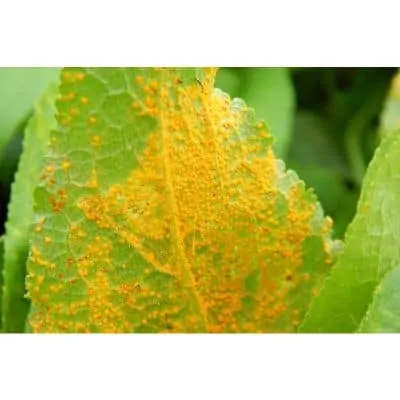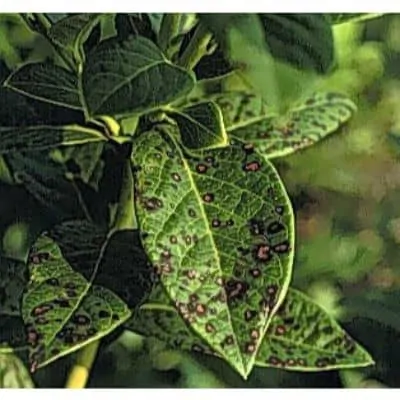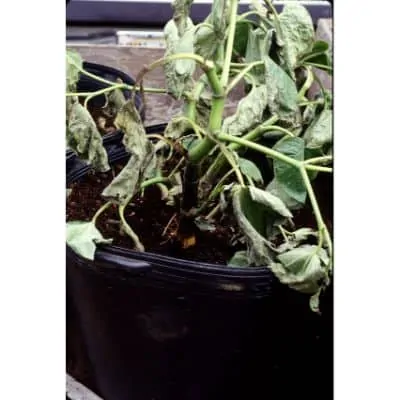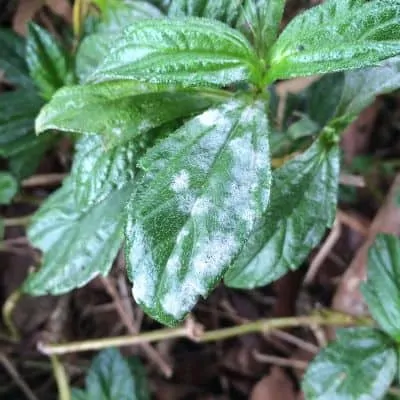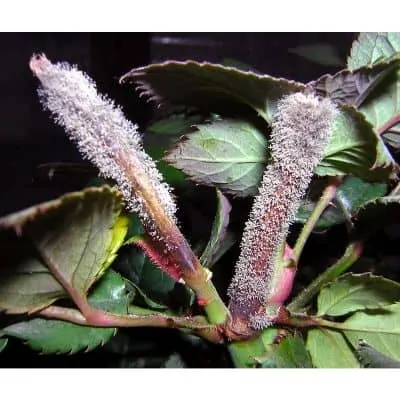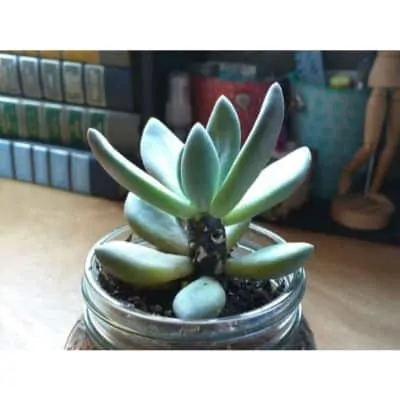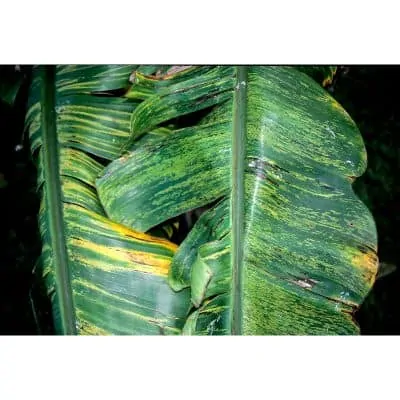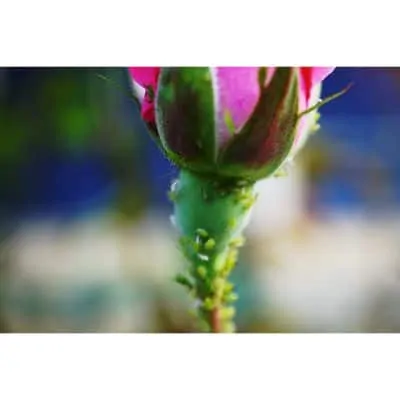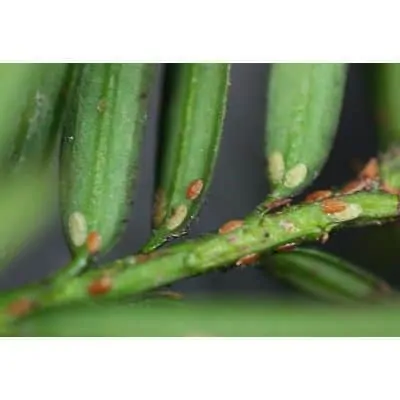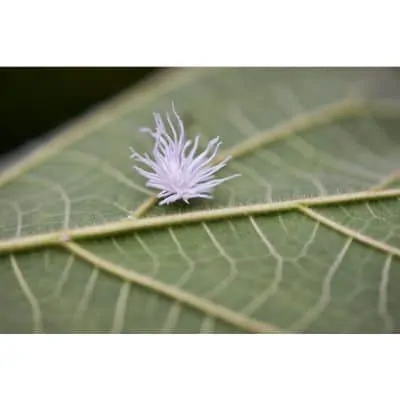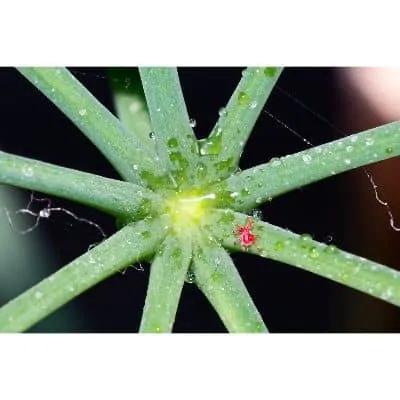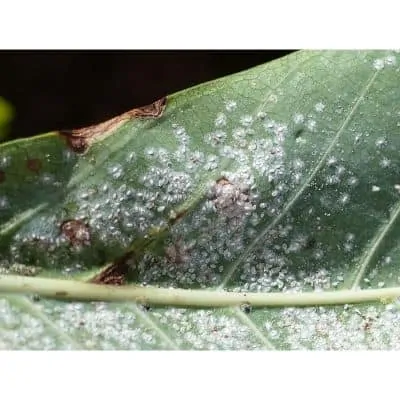12 Most Common Plant Diseases - Symptoms And Treatment
Here is a simple guide to the most common plant diseases with pictures and suggestions for treatment.
Even the most experienced of gardeners is sometimes confronted with a suffering plant. Maybe you rescued a dying houseplant from someone or maybe your own started feeling down lately. If you haven’t changed anything in your routine or the environment, your plant is likely suffering from a disease or pests.
Don’t lose hope, though! Most common illnesses have easy cures and telltale signs. Here is a handy guide containing the most likely diseases your plant can have, with pictures for easy identification, and suggestions for how to treat them.
Quick Navigation
Infectious Plant Diseases
1. Spotted Leaf
This is by far the most common plant disease you will meet, on indoor and outdoor plants both. It looks like brown spots on the leaves, surrounded by yellow, that slowly spread to take over the entire surface. Swiss cheese plants are particularly prone to this disease.
This fungus happily spreads to any moist, warm place it finds. This means that once one of your plants catches it, all of them can. It is caused by having constantly damp leaves combined with poor air circulation or overcrowding plants.
Treatment:
As soon as you notice the spots and you are sure what they are, isolate your plant to another room, ideally.
- Prune away all infected leaves and throw them outside the house.
- Stop misting all the plants in the area of the affected one for a week, and stick to watering the soil if needed.
- Space out the pots and allow the plants to breathe.
- Spray the sick plant with a baking soda solution (1/2 teaspoon in a gallon of water) or with commercially available fungicide.
2. Root Rot
We have talked about root rot before, especially when it comes to water-sensitive plants, like rosemary. Root rot is, in short, what the name says. Stagnant water in the pot keeps the roots moist and, like any plant matter kept underwater, they begin to rot. It can be caused by overwatering, poor drainage of the soil, or a fungus. Check that your pots have draining holes and that you are using the right potting soil for your plants. Look out for yellowing, wilting leaves and before watering, make sure you aren’t overdoing it. Most houseplants can take less water better than too much.
Treatment:
You might have to check the roots themselves to confirm that your plant is suffering from root rot.
- In this case, gently pull the plant out of its pot and look for black, mushy roots.
- Trim those back and wash the remaining root-knot with fresh, running water as best you can, without being too rough with the plant. Keep trimming back any mushy feeling roots.
- Throw away the soil in the pot and thoroughly wash the pot with baking soda and hot water. If you want, dip the remaining roots in some fungicide, according to instructions.
- Replant in clean potting mix. It might be a good idea to trim some of the plant as well, removing up to 1/3 of leaves and branches, if you cut back a lot of the roots.
3. Rust Plant Diseases
Plant rust is caused by a fungus as well. Fortunately, it is less likely to jump from one plant to the next than spots, but it is more aggressive on the affected plant. It’s easy enough to identify, as it has a characteristic yellow color that looks like flecks at first, then small bumps, likely on the underside of the leaves. As with spots, the cause is likely too much moisture on the leaves.
Treatment:
Prevention is the best medicine. But say your plant does have rust.
- Isolate it from the rest and stop misting.
- Prune away all leaves affected and throw them out.
- Spray the remaining leaves with fungicide. We suggest trying a natural one, like neem oil.
- Because plants that like shade are most likely to catch this disease, make sure that the spot where you keep them is well ventilated as well, and if need be, improve ventilation.
Treatment may take a while, so be patient and consistent.
4. Powdery Mildew Plant Diseases
This disease is spread everywhere and you will face it sooner or later. It spreads fast and far, and it’s most likely to affect vegetables and rough-leaved plants, and it thrives in terrariums. Yet another fungus, this one grows in almost all conditions, except in full sun. It looks like a white powder on the leaves and can start at the base of the leaves, then spread to the top.
Treatment:
Here is how you should treat this plant disease:
- Try to switch to watering only the soil and allow the leaves to dry off completely.
- Increase air circulation by spacing out pots and keep all the plants under supervision. It’s likely that once one has it, all of them will.
- Some recommend moving the affected plants in full sun but only do that if the plants can take it. Don’t move something like a snake plant to the full sun!
- Also, ask at your local garden store for a fungicide that will help with powdery mildew, there is a wide variety to choose from.
5. Gray Mold
Most types of mold are fungi, and so is this one. Also known as Botrytis, the mold grows on dying or damaged areas. A fallen, rotting leaf can be a place for it to start, especially in plants that do not fully detach an old leaf, as is the case with most philodendrons.
Relatively cold and humid environments promote growth and it can spread to live areas through the smallest of cuts or bruises. It looks like rotting patches that soon become covered in a gray, fluffy fungus, sometimes accompanied by spots and dead patches.
Treatment:
Ideally, you don’t get in the situation to treat gray mold by keeping your plants ventilated, warm enough, and not too humid, and by pruning dead and dying leaves away. However, if you have to, the treatment is pretty straightforward.
- Remove all affected areas, tone down the misting, and wait.
- Some fungicides may be effective, so ask at your local gardening store.
6. Crown and Stem Rot Plant Diseases
In every pot, there is a small ecosystem of bacteria and fungi living together with your plant. Generally, they stay balanced and they all live their lives. However, cool, moist conditions can tip that balance in the favor of fungi and they can spread up the plant. This causes stem or crown rot. Most likely, the affected part is the stem just above the ground, but sometimes the crown can be affected too. Succulents are most likely to suffer from this plant disease.
Treatment:
The only treatments are powder fungicides, if you caught the rot in the early stages, and cutting off the affected part. This can mean cutting off the entire plant in many cases, which will effectively kill it.
- You can try replanting the unaffected top part or grow replacements from cuttings.
- Prevent this situation by keeping the environment in the temperature range for the plant and be careful not to overwater it.
7. Cucumber Mosaic Virus
This is a viral infection, brought in on your plant by aphids. Its name derives from the plant it is most likely to infect, but it is not unique to cucumbers. We will talk more about aphids in the next section of the article.
This plant disease looks like yellow streaks or spots on the leaves, particularly along the veins. Tropical plants, like the spider plant, are the most vulnerable of decorative indoor plants.
Treatment:
Once a plant has been infected, there isn’t much that can be done. The virus infects the stem in its entire length and there is no known treatment.
- Fortunately, there is preventive treatment: aphid and other pests control.
- However, once you are sure your plant is affected, the best thing is to throw it out, soil and all, and destroy it.
- Do not mix it in compost or leave it out somewhere. This will only spread the virus.
Plant Diseases Caused By Pests
8. Aphids
These pests are more dangerous because they carry and can cause diseases, rather than because they eat the plants themselves. They carry and transmit the cucumber mosaic virus and the substance they produce as they eat can promote mold growth.
Aphids look like small bugs, yellow or green colored, crawling up and down the plant. They prefer flowering plants but that doesn’t stop them from spreading to others, usually brought in as eggs on leaves or in soil.
Treatment:
- Use insecticides to get rid of these pests only if all other methods failed.
- Try planting mint, fennel, or dill nearby.
- Some recommend using dandelions but they can become parasitic themselves.
- You can use organic insecticides such as neem oil as well.
- Outdoors, whether it’s on your balcony or in the garden, you can try to introduce ladybugs to feed on the aphids.
9. Scale Bugs Plant Diseases
Scale bugs suck the sap out from the plants, effectively robbing them of their nutrients. They like warm, dry environments and target the underside of leaves and stems. Scale bugs do not discriminate which plants they feed on but tend to prefer leafy plants, like peperomia, over succulents.
They are small, oval, and flat bugs, covered with a hard shell, which is why they are called scale bugs. They leave the plants covered in honeydew, which makes them sticky and prone to molds. The wilted, sticky plant is a telltale sign of scale bugs.
Treatment:
Depending on the size of the infestation, there are several treatments you can apply.
- Step one is, as always, to isolate the plant.
- Then, you can try scrubbing them off gently, dabbing each bug with rubbing alcohol, spraying neem oil once a week for a month, or insecticides.
10. Mealybugs
Mealybugs are a type of scale bugs and as such, they do pretty much the same thing. They attach themselves to leaves, veins, and stems, suck out the sap, secrete the sticky honeydew all scale bugs create, and multiply. In the process, they effectively drain your plant of life. They are easy to identify as small, white, fuzzy, or powdery looking bugs and by the white cotton-like residue they leave on the underside of leaves. They can affect herbs as well as fleshy plants, and you can find them on basil or rosemary leaves.
Treatment:
The same treatments that work for scale bugs should work for mealybugs as well. They are not as good at attaching to the leaves so a strong jet of water can wash them off.
11. Spider Mites Plant Diseases
You can identify these pests by the spider-like thin webbing formed around and under the leaves. Spider mites use any plant available, and they prefer fleshy ones with large leaves, like Aloe. Another sign of mites is the presence of tan or white spots on the leaves and of course, the spider mites themselves. They look like tiny white or red moving spots.
Treatment:
As soon as you suspect your plant might have mites, isolate it from the other plants.
- Try spraying the mites off with a water jet every few days until the mites are gone or introduce ladybugs to take care of them.
- Alternatively, use the classic neem oil or other insecticides.
Mites are resilient and you will need to repeat the treatment once a week until the mites are gone.
12. Whiteflies Plant Diseases
Whiteflies multiply quickly and while adult flies don’t really hurt your plants, they lay eggs on the underside of leaves and the larvae feed on the sap. They need a warm environment to grow, but the eggs can survive cold conditions. The eggs look like small white spots on the back of leaves, while the adults look like white moths.
Treatment:
Once you have an infestation, it is important you make sure the current batch won’t be able to reproduce.
- Spray your plants with neem oil or insecticides.
- Isolate affected plants and check all your other plants for eggs.
- You can cut off and throw affected leaves outside.
- For adult flies, use sticky fly traps to keep the population under control.
- Use a strong water jet to wash off eggs and larvae.
While a whitefly infestation on your indoor plants is unlikely, it can be very destructive, so check regularly for eggs.
Plant Diseases Prevention
Most plant diseases can be prevented with simple care tricks:
- Water according to directions and adapt the frequency to your plant’s needs and environment.
- Keep plants in the right environment for them and give them enough light and ventilation. The less light they need, the better spaced out they should be.
- Prune too thick bushes and dead leaves.
- Inspect new plants before you bring them inside and put mosquito nets in your windows.
- Regularly check your plants for bugs and diseases.
- Use only clean soil.
Final Thoughts
I hope this plant disease guide was useful! I hope your plants are happy and healthy or will be soon. Let me know how they are doing and what pests and diseases you want me to talk about next in the comment section below!

